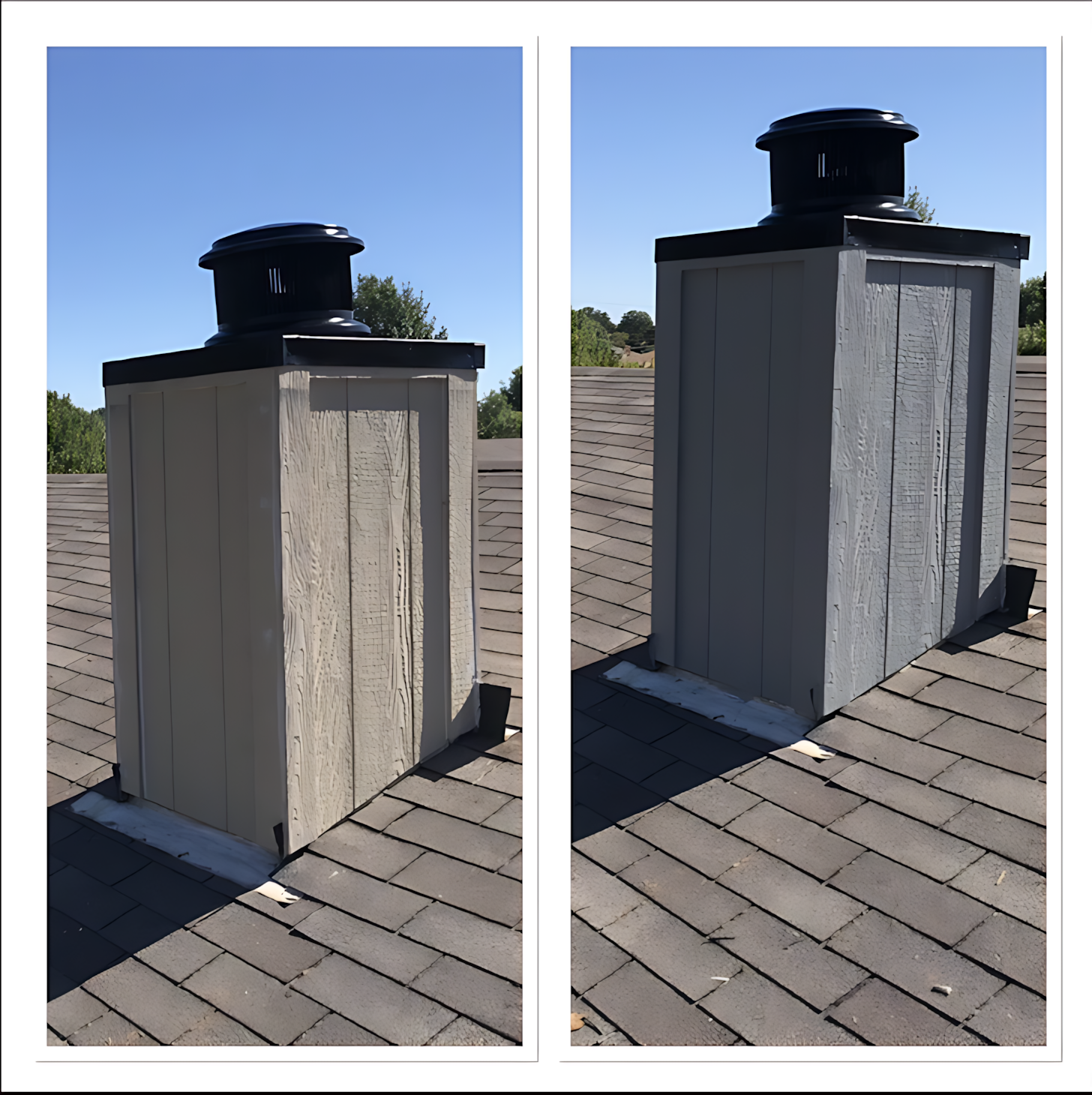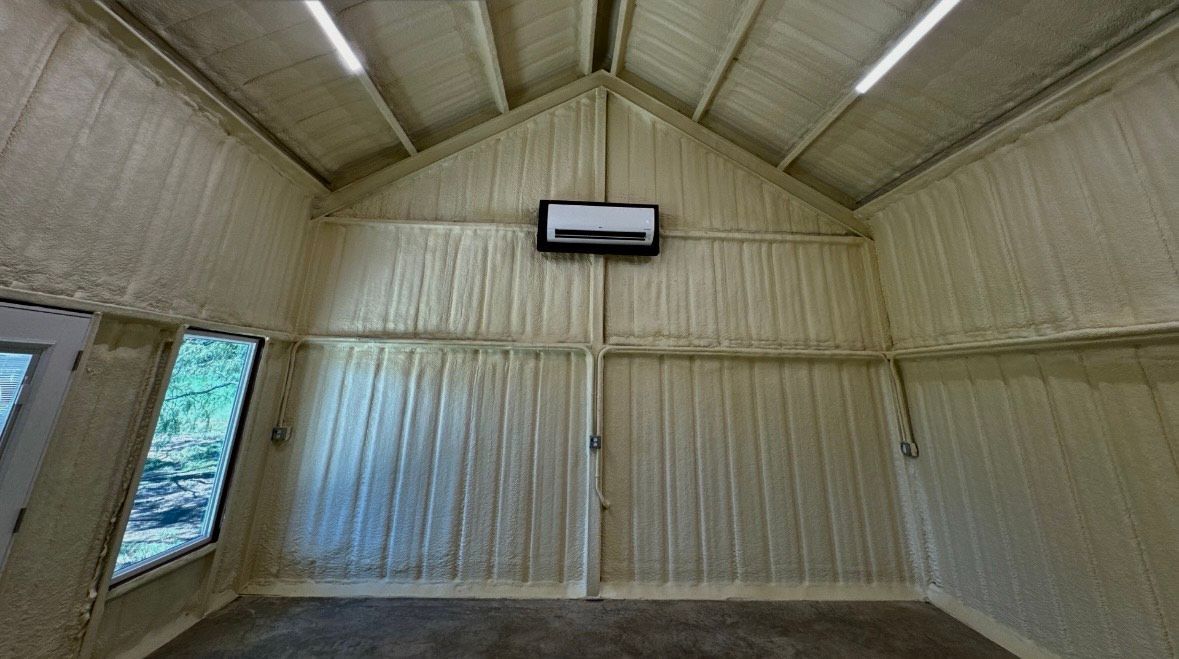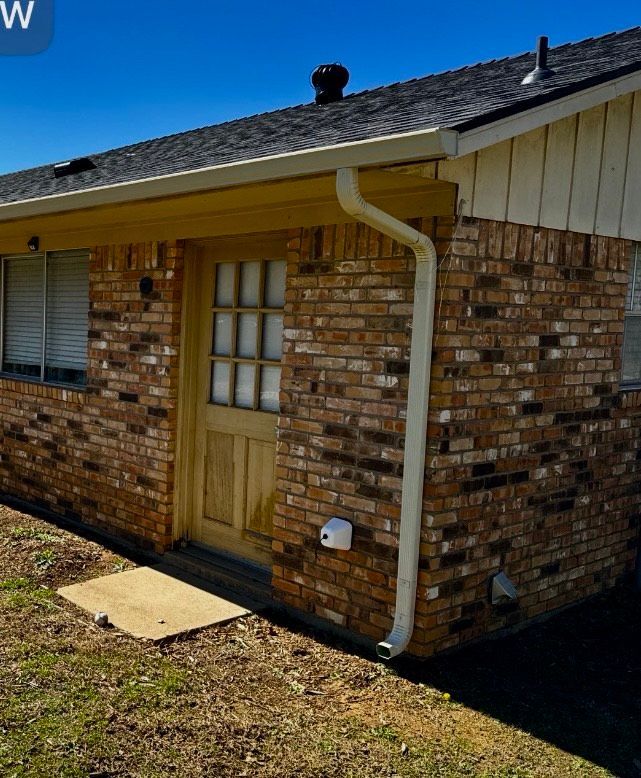What to Look For When Hiring a Contractor
The contractor that you choose for residential roofing is crucial for several reasons:
1. Quality of Work
A reputable contractor will ensure that the roofing materials are installed correctly and according to industry standards. This will help prevent future issues such as leaks and water damage. At Community Construction and Roofing, we install top-quality materials with a 130 MPH wind rating and add Ice and Water Shield in all the valleys and penetrations to go that extra mile to protect your home!
2. Safety and Insurance
Roofing work can be dangerous, so it is important to hire a contractor who prioritizes safety and follows proper safety protocols. This will protect both the workers and your property. We at Community Construction and Roofing carry a $1 million dollar insurance policy, and all of our subcontractors also carry their own full insurance policies.
3. Warranty
A reliable contractor will offer a warranty on their workmanship and will have the necessary insurance to cover any accidents or damages that may occur during the roofing project. At Community Construction and Roofing, we provide a manufacture warranty of 15 years and a 10-year labor warranty.
4. Experience and Expertise
A skilled contractor will have the knowledge and experience to assess your roofing needs and recommend the best solutions for your home. They will also be able to handle any unexpected challenges that may arise during the project. Bert has been in the roofing industry since 2003 and has worked many markets with much higher laws and regulations. Our crews have over 30 plus years of experience, setting us apart from other contractors.
5. Reputation
Choosing a contractor with a good reputation in the community will give you peace of mind that they are trustworthy and reliable. We are very proud of our 5-star rating on Google and Facebook, and have been voted as the top roofing, siding, and general construction contractor within our local communities that we serve.
Overall, selecting the right contractor for your residential roofing project is essential to ensure a smooth and successful renovation process. It is worth taking the time to research and compare different contractors to find the best fit for your needs.














